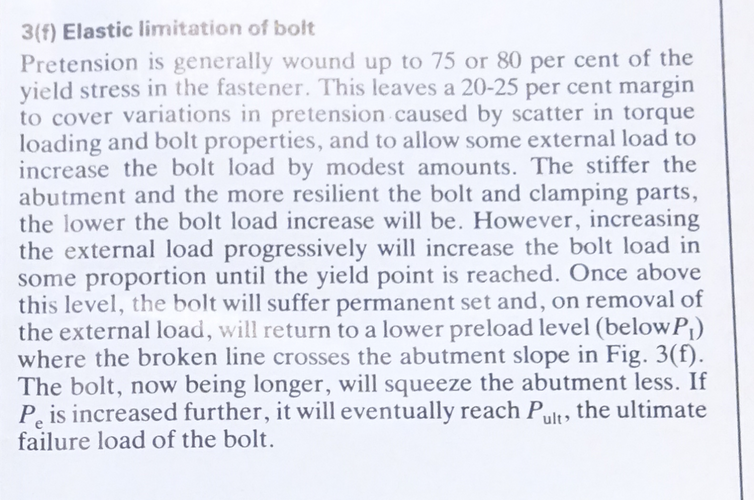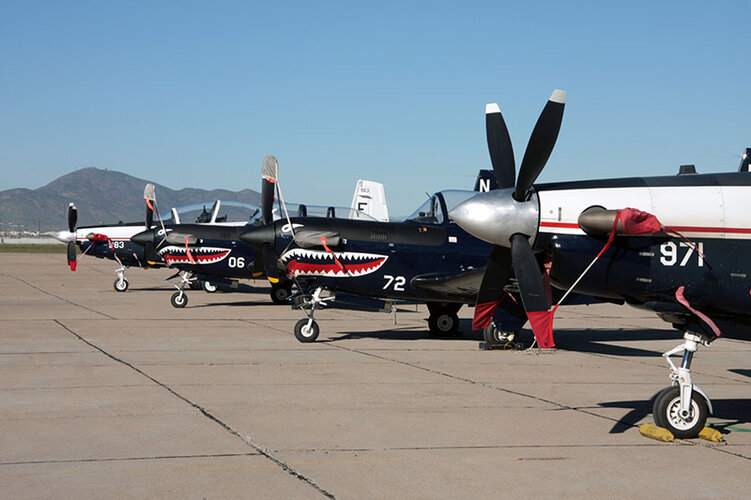Regarding the discussion on bolts and torques for the Merlin engine, Packard replaced the chaos of English Imperial bolts made of various standards and quality with the American one, a much more rational choice. Hence, all the tightening torques had to be calculated again (different thread, different diameter, dissimilar materials...).
Also, @Calum, I would not recommend you give advice for bolts installation based on what seems to be your F1 racing experience. Bolts have to be used with much more relaxed constraints in the normal usage (for example, a 50% load margin is a reasonable and efficient one in most case).
Some bolt manufacturers have published very well done and comprehensive bolts datasheet that summarize most user case with practical indications.
In most cases, readers will face a problem around a design built according to a norm. Datasheet like this are then the perfect and safe source to search for such information.
Calcuting specific bolts tightening pattern is the work of an Engineer.
Also, @Calum, I would not recommend you give advice for bolts installation based on what seems to be your F1 racing experience. Bolts have to be used with much more relaxed constraints in the normal usage (for example, a 50% load margin is a reasonable and efficient one in most case).
Some bolt manufacturers have published very well done and comprehensive bolts datasheet that summarize most user case with practical indications.
In most cases, readers will face a problem around a design built according to a norm. Datasheet like this are then the perfect and safe source to search for such information.
Calcuting specific bolts tightening pattern is the work of an Engineer.


